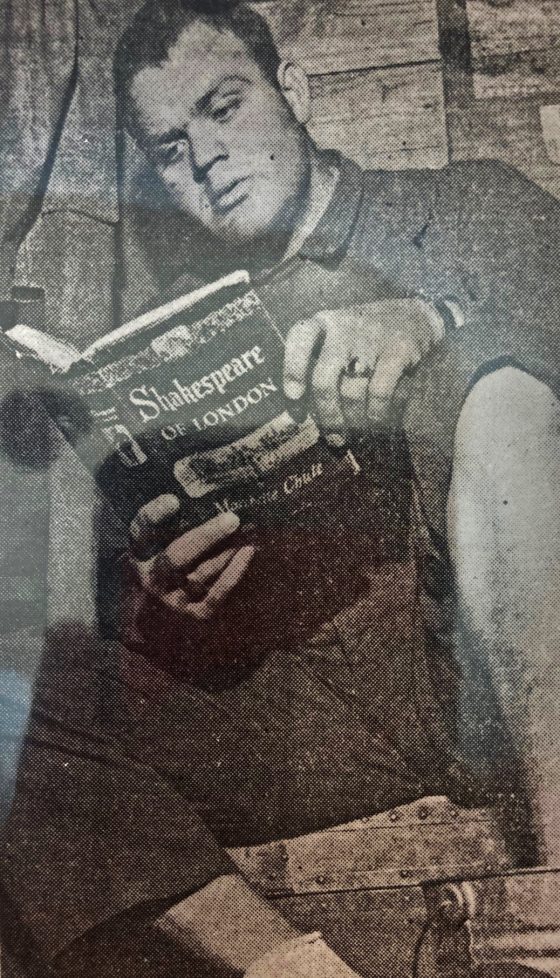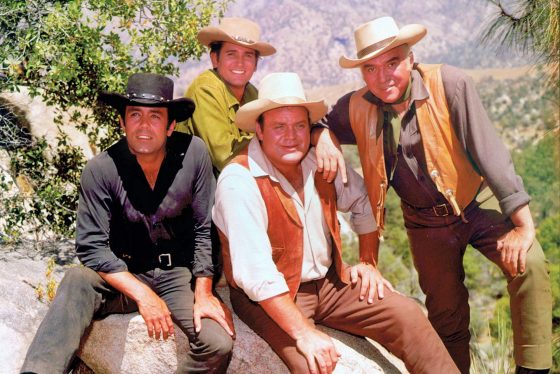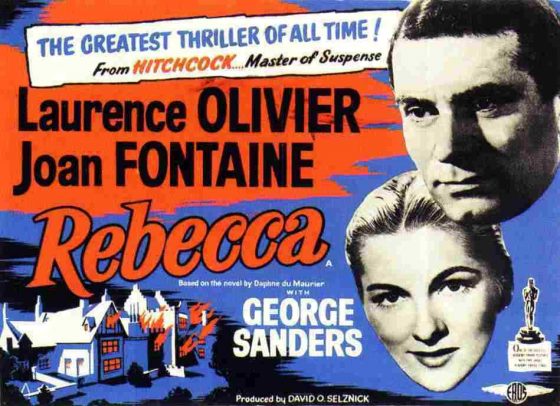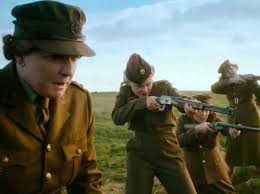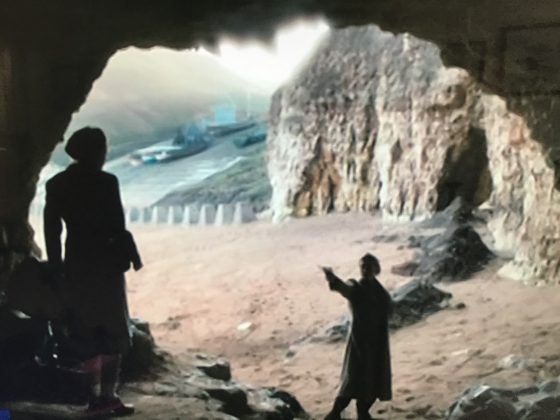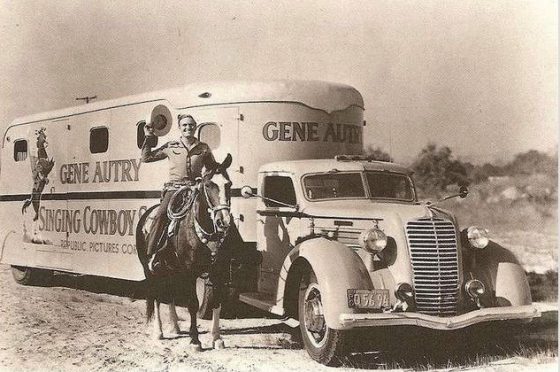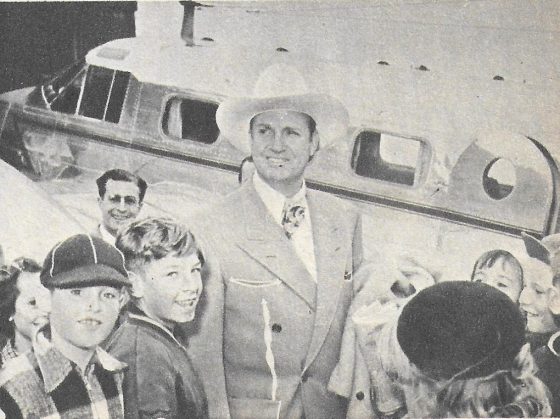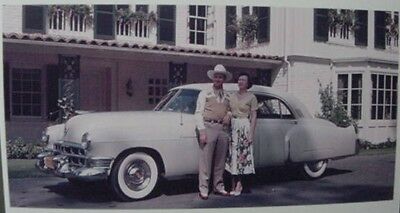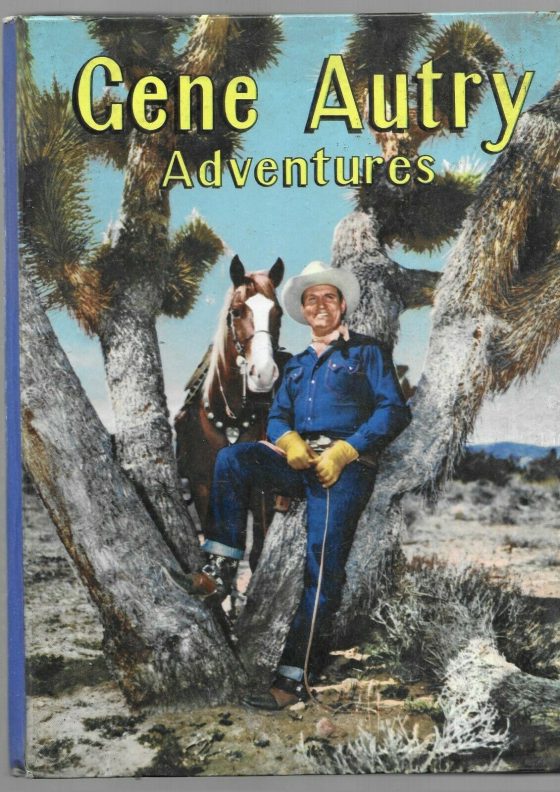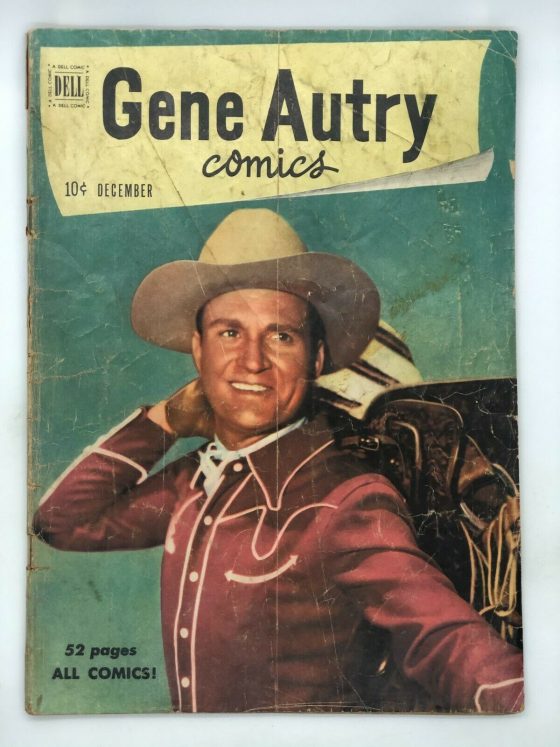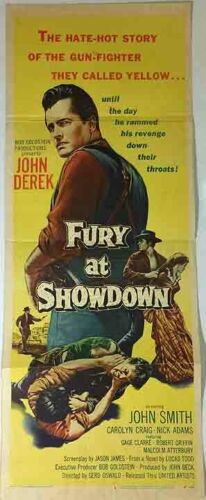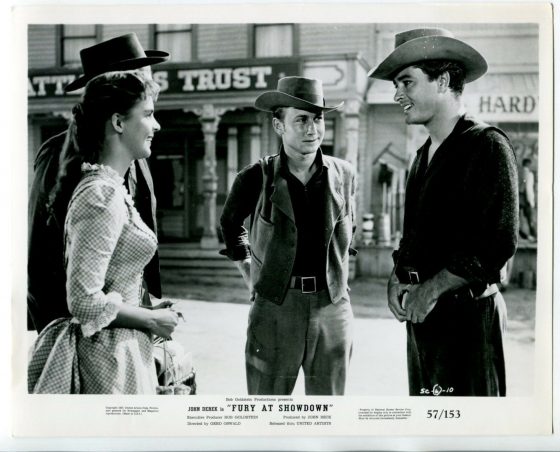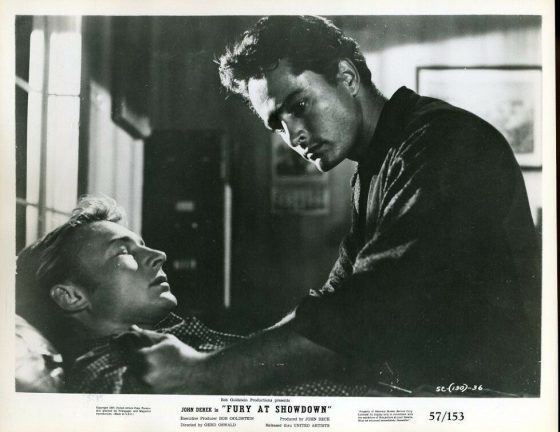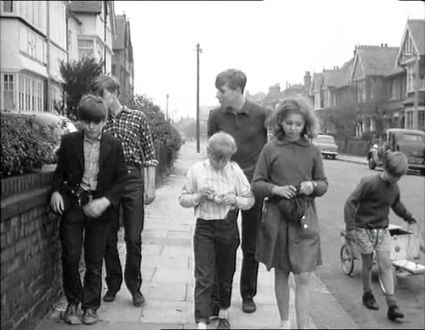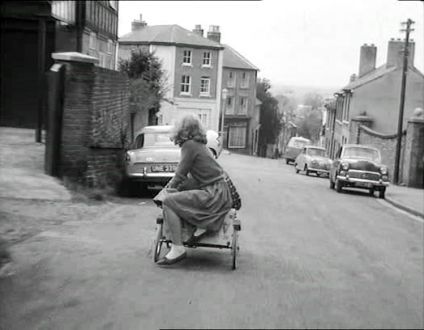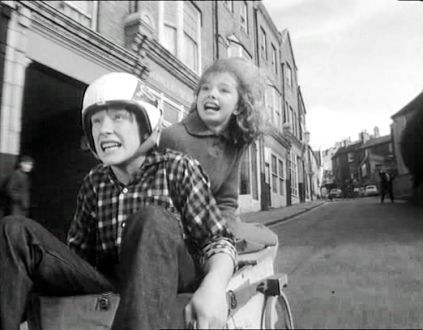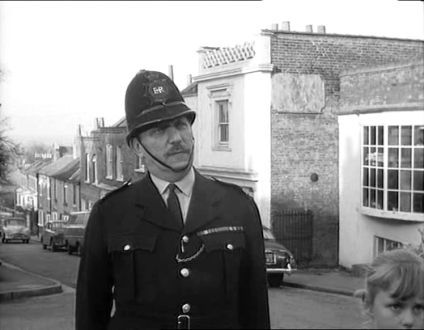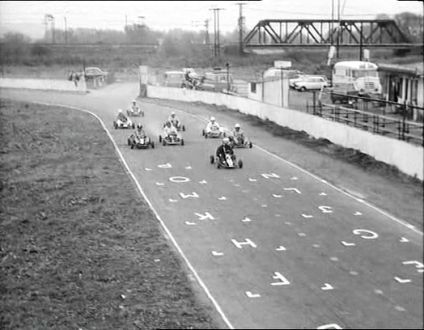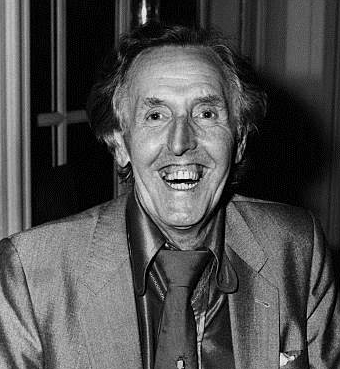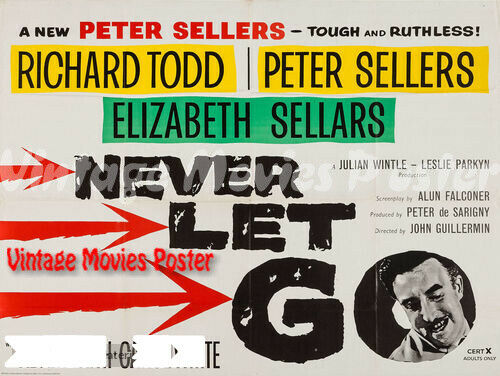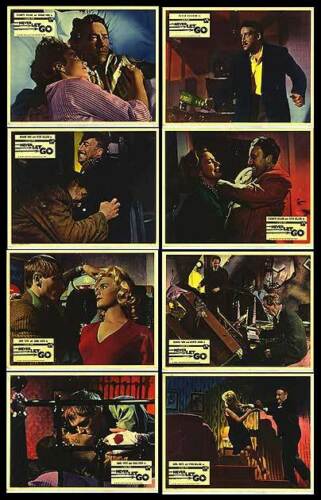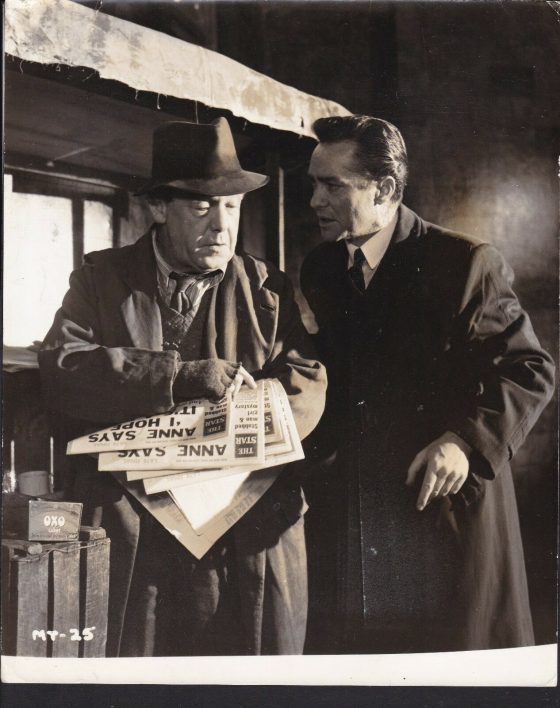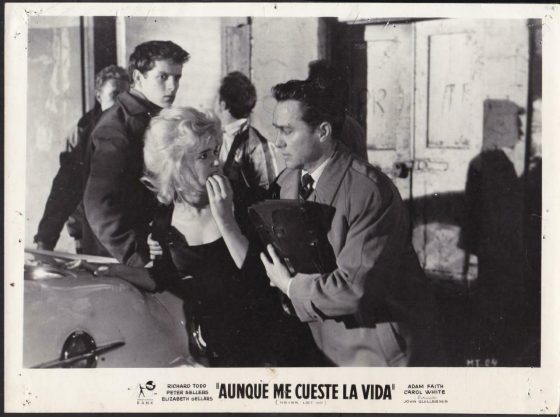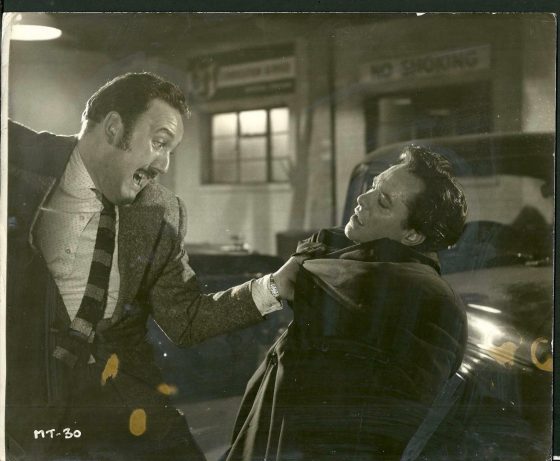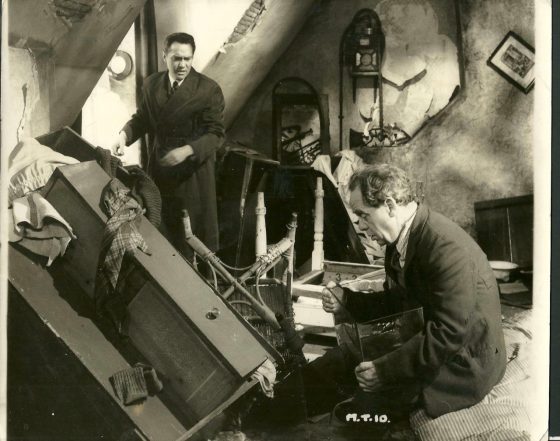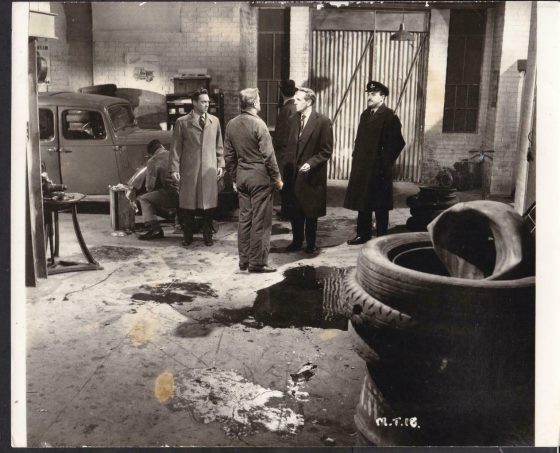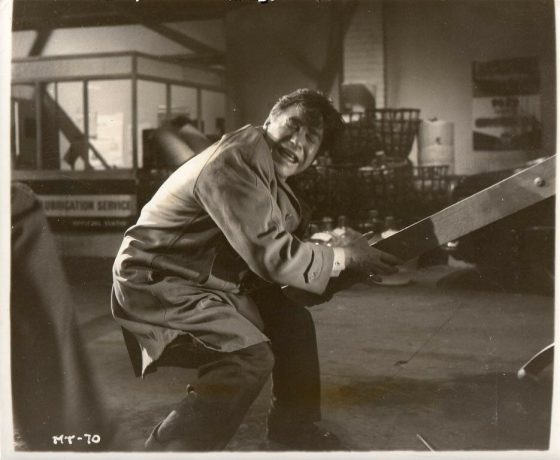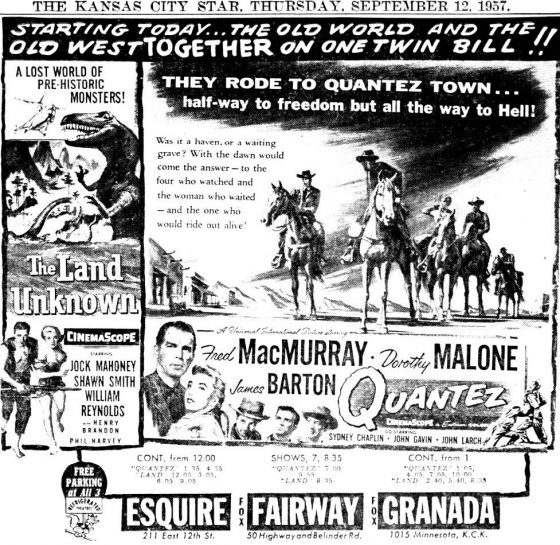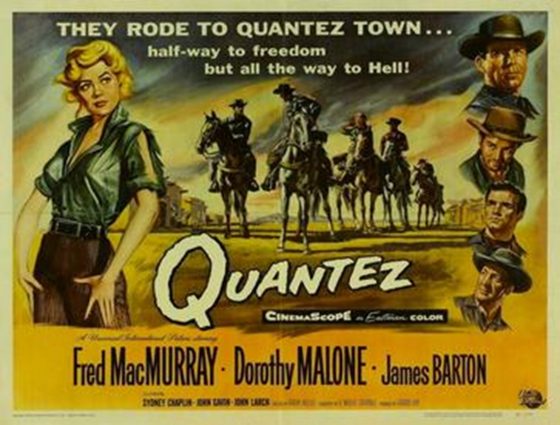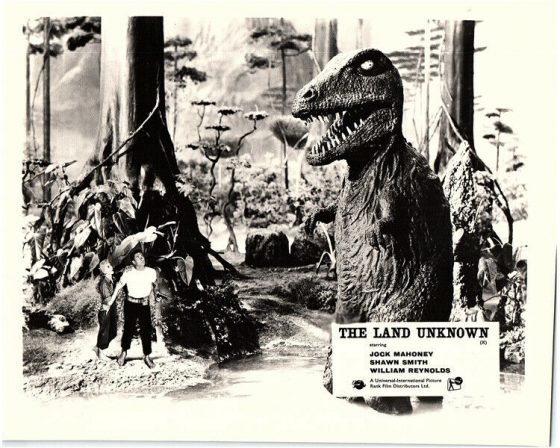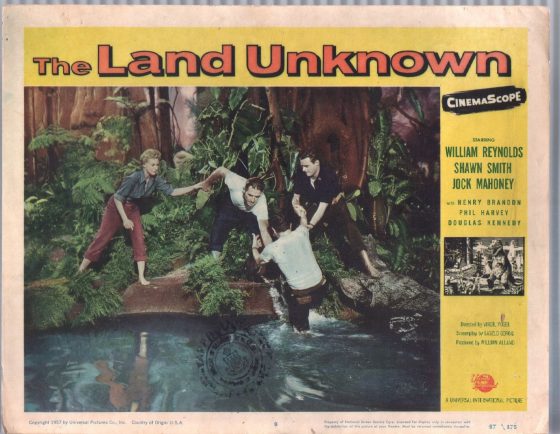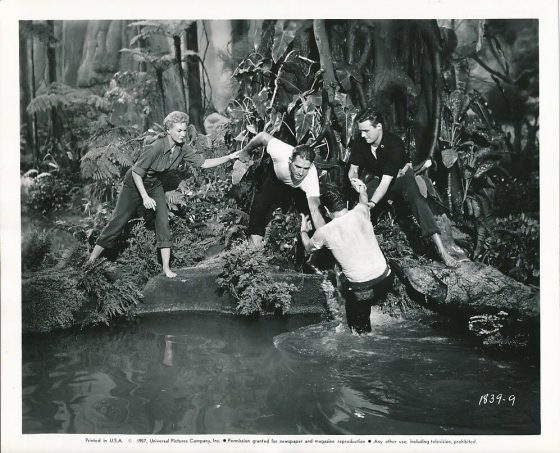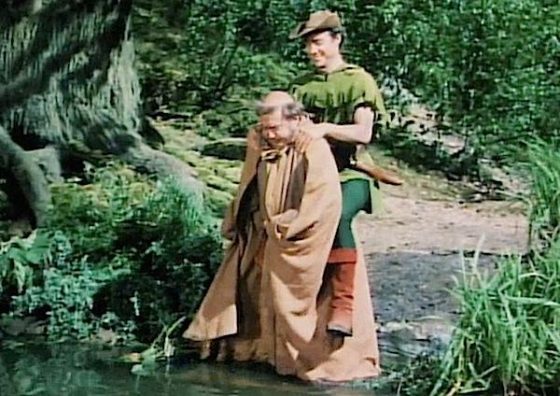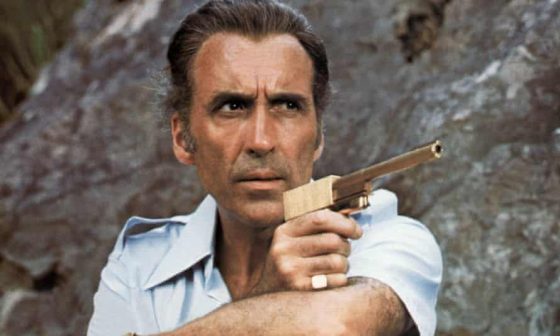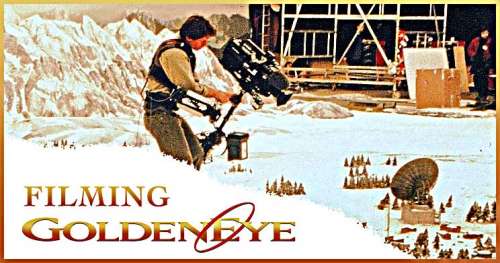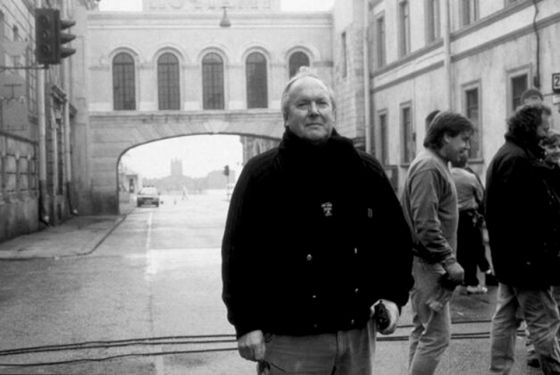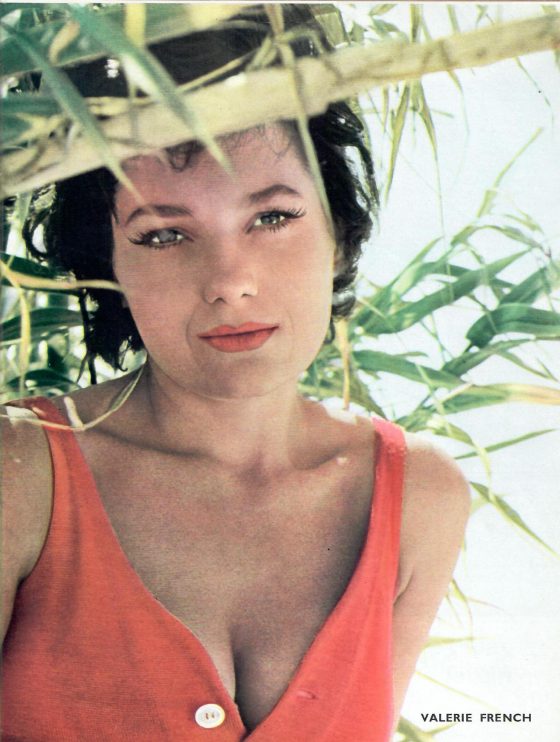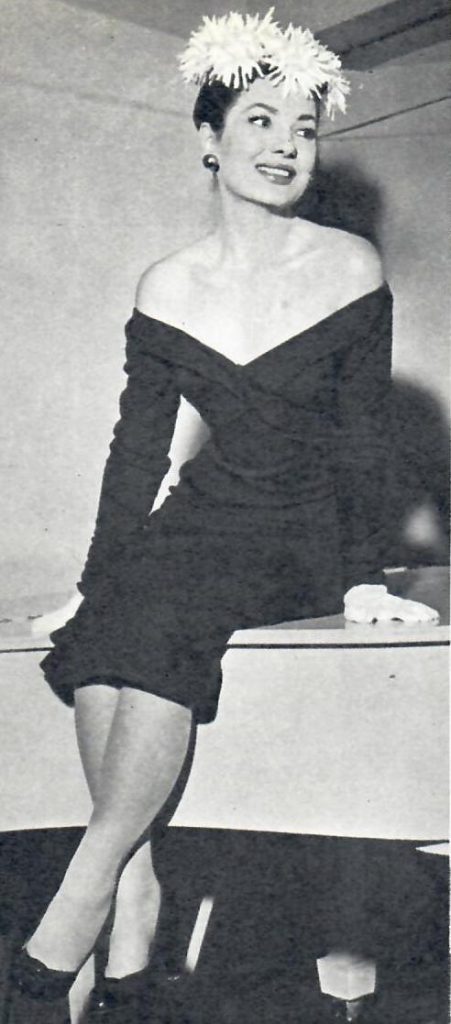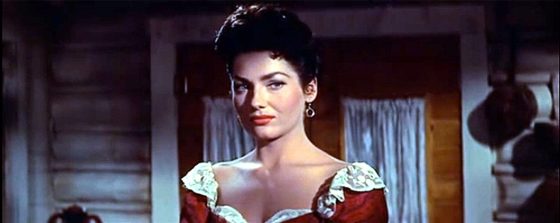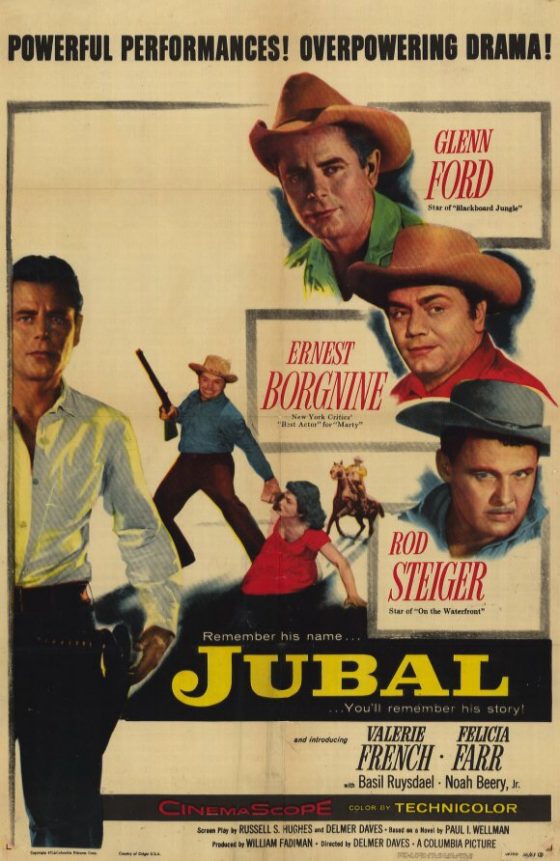Maybe not a name that we know well but Maxwell Coker was a very well respected actor of the late forties and early fifties on the West End stage – and here he is below with a signed postcard from when he was appearing in London’s West End in ‘Oklahoma’
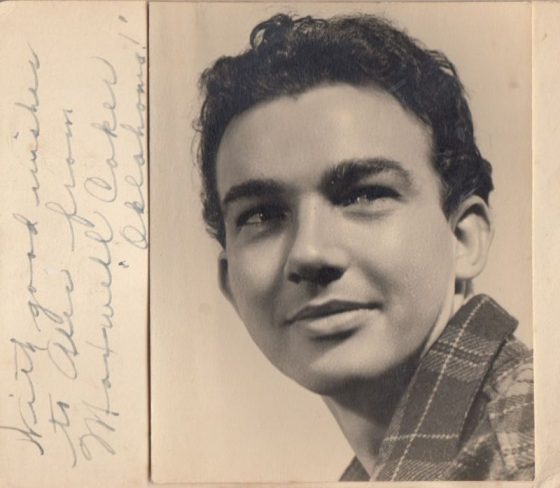
Maxwell Coker was born in Corinth, Miss. in 1920 and led an interesting and fascinating life. His is included membership in the legendary Theatre Guild and stage appearances on Broadway, throughout the United States and Europe, as well as in London at the Theatre Royal Drury Lane.
He was an original cast member of the London production of “Oklahoma!” in the late 1940’s and continued his long stage career, primarily in London, in productions of, “Sing Out,” “Sweet Land,” “Carousel,” “Tuppence Coloured,” “Three Cornered Moon,” “Jane, High Spirits,” “Bittersweet,” “The Good Fairy” and many others. Mr. Coker was also privileged to appear in several Royal Command performances.
He married Sally Ann Howes in 1950 but sadly that didn’t last – many of the stars below were at their wedding.
This below is from a Newspaper Report of the day
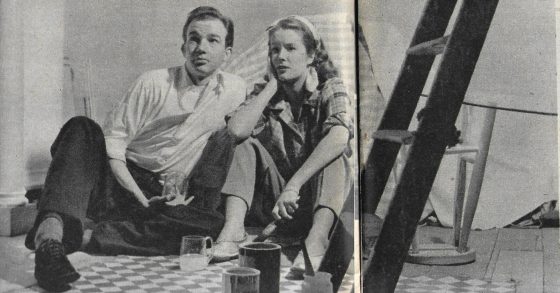
LONDON. March 11 1950 Traffic was brought to a standstill in the Strand as hundreds of office workers ran to get a glimpseof the 19-year-old film star Sally Ann Howes leaving Savoy Chapel after her wedding to Maxwell Coker, one of the original members of the ‘Oklahoma!’ cast.
She arrived five minutes late and stood smiling at a crowd that had already gathered before entering the chapel.She wore a gold and whitebrocade crinoline dress sprinkled with diamente, wornwith a high mandarin collar and long sleeves.
As she entered the chapel on the arm of her actor father.Bobby Howes. 50 of the waitingcrowd surged inside and sat in back pews. -Earlier the crowd stood watching the arrival of the 130 guests, mostly well-known theatrical people.
——————————————————————————————-
Mention was made above of the stars at the wedding and they included many of is co-stars from London Productions and included Laurence Olivier, Howard Keel, Sir John Gielgud, Alfred Drake, Mary Martin, Richard Burton, Burl Ives, Cyril Ritchard, Lily Pons, Hermione Gingold, Coral Brown, Vivian Leigh, Salome Jens, Jeanette McDonald, Noel Coward, Patricia Neal and Emlyn Williams. In World War II, Mr. Coker served as an honorary officer in the British Military and toured the South Pacific Islands performing with the cast of “Oklahoma!.”
In 1951, Mr. Coker continued his love of the theatre after he left the stage with the birth of “Brillianteen,” an Evanston Township High School student production. Beginning in 1955 and continuing for many more years, Coker directed several productions. “Brillianteen” continues today as a showcase for young talent with a yearly production.
He was trained at Sanford Meisner’s Neighbourhood Playhouse and George Balanchine’s School of American Ballet, the veteran actor returned to the stage after a 30-year absence for his final, “just for fun” performance in 1991 as the title role of Sheridan Whiteside in Kaufman and Hart’s “The Man Who Came to Dinner” at the Country Playhouse in Houston.
After a 26-year show business career, Mr. Coker returned to the United States where he met his wife of 47 years, Patricia Henehan. He worked with American Express as a manager for 21 years and appeared in many American Express travel-related TV and radio programmes.
During his tenure with American Express, he negotiated with the Communist governments of the Soviet Union and China to bring in the first American tourists ever. He also taught in a travel industry school, hosted a Chicago-area TV show “It’s Fun to Travel,” and lectured at the University of Illinois to graduate students about public relations.
In addition to his theatrical and travel agency career, Mr. Coker was a witty raconteur and an accomplished cook whose hospitality attracted young and old alike. His gentlemanly charm, melodious voice and generous nature gained him a worldwide circle of admirers.
In June, the Cokers had relocated to Houston, to be near their children and grandchildren.
To conclude – back we go to 1947 and this review of the Show Oklahoma which I believe was written about it’s Manchester production prior to going into the West End at the world famous ‘Theatre Royal Drury Lane’
Maxwell Coker is cast, as we see, as one of the leading actors in this classic musical that wowed British audiences just after the war
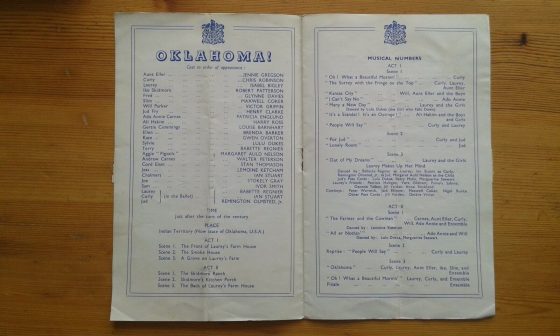
The curtains parted a little and a cowboy stepped forward to apologise for the delay because “our sets and costumes were on the Queen Elizabeth liner stranded on a sandbank off Southampton, but we are almost ready to begin.” He disappeared back through the curtains and a buzz went around the house, slowly subsiding. All of a sudden the orchestra struck up, Aunt Eller was churning the milk and the potent voice of Harold Keel enchanted us with “There’s a bright golden haze on the meadow…..”. The gleaming sunshine of the show lit up the auditorium- and the audience with it. OKLAHOMA! utterly thrilled the grey and gloomy British, still reeling from the War. From that moment on, there was no holding this powerhouse of a show, sweeping us off our feet and, two weeks later, Theatre Royal Drury Lane audiences for 1,543 performances.
Harold Keel was soon to have his name changed to Howard Keel

